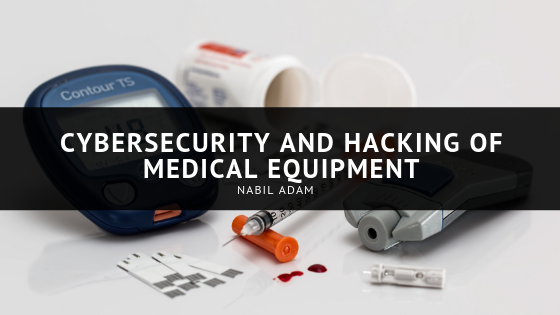The benefits of medical technology and equipment are unparalleled. Researchers understand the importance of continuing to develop such things because they ultimately will save your life. When looking at it from a cybersecurity standpoint, these devices are undoubtedly subject to breaches of data and information that needs to be kept personal and secure.
Many of these devices we are talking about are ones that can be implanted into the body for medical professionals to track and monitor a patient’s health. When they are being monitored, it is done so remotely which opens the patient’s up to connectivity to the internet while the implant is on or in their body. While we would like to think that hackers would leave devices such as these that are designed to save lives, alone, this is not always the case, and most will not be as compassionate to the risks with doing so.
At this point, no reported attacks on medical devices have been successful, but that does not mean that the attempts haven’t been made. These devices are intended to monitor the health of patients as well as release medication when needed in order for the body to work correctly, so an attempted attack could be fatal.
Luckily, researchers residing at Purdue University have come up with a way to protect patients from a possible attack by using the body as a defense. By utilizing the body as a channel and maneuvering the signal throughout, hackers will have a much more difficult time of ever penetrating the signal where data can actually be read and used.
Researchers at Purdue developed the EQS-HBC, in other terms, the Electro-Quasistatic Human Body Communication. This utilizes a frequency that is lower and keeps the signal within the body. This means if the signal or data is breached, it can only be read a few centimeters outside the body of the patient wearing the device.
Thankfully, there is a lot of research going on for cybersecurity reasons within medical facilities all around the world. The continued use of technology to increase patient care and save lives will need to amp up the security around potential breaches of data and technology. This is the only way to keep patients safe while wearing these life-saving devices.

